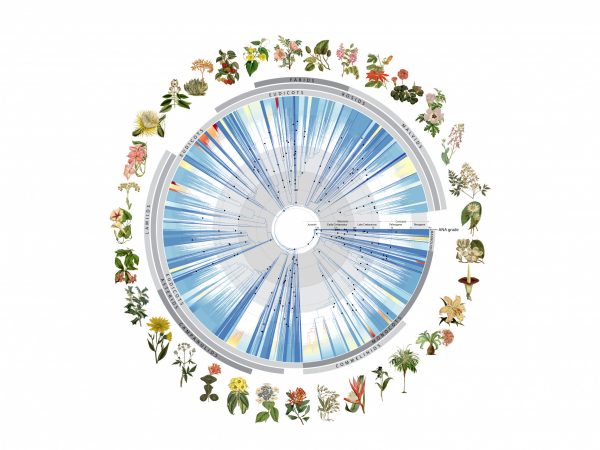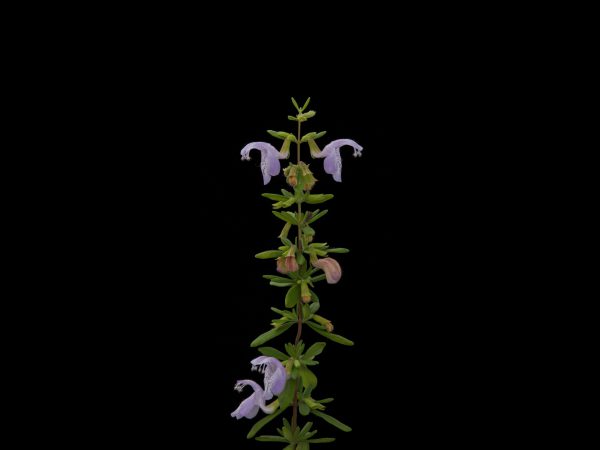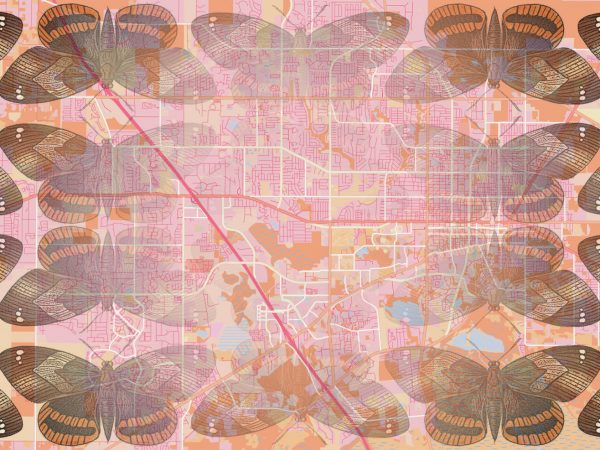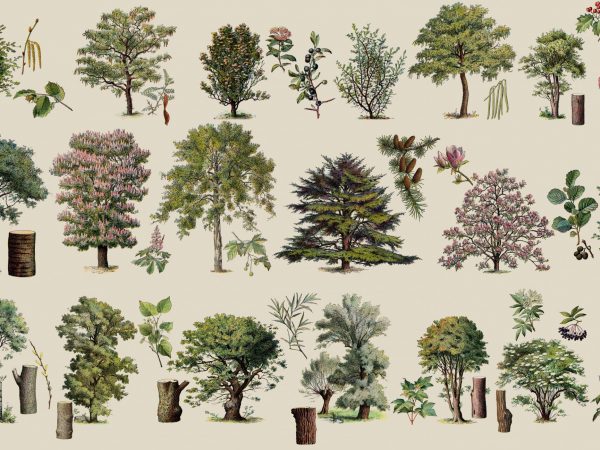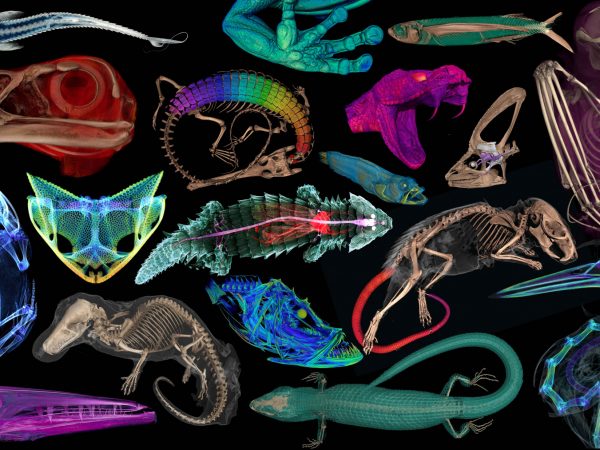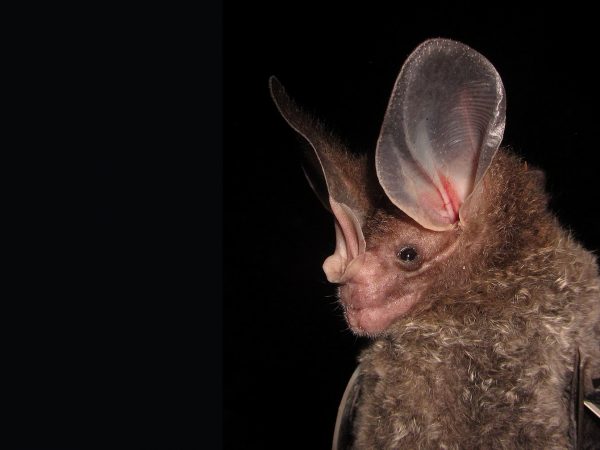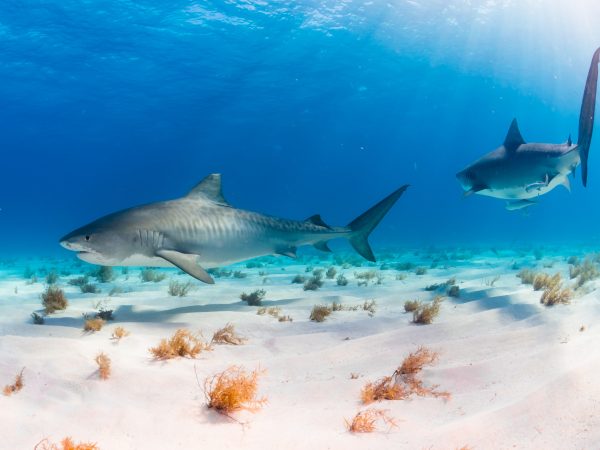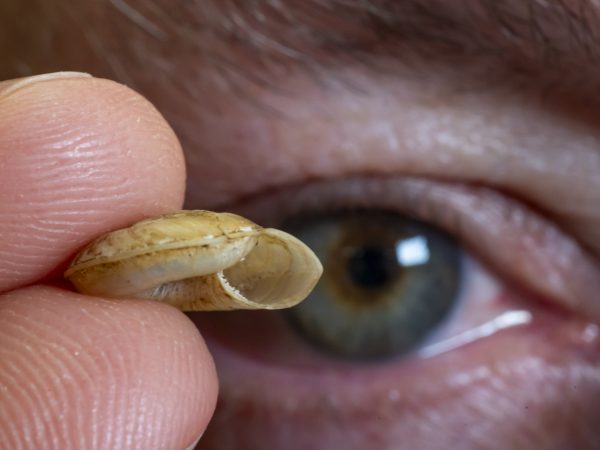Vast DNA tree of life for plants revealed by global science team
A new paper published today in the journal Nature by an international team of 279 scientists led by the Royal…
Read More
Bella moths use poison to attract mates. Scientists are closer to finding out how
Pyrrolizidine alkaloids are as bitter and toxic as they are hard to pronounce. They’re produced by several different types of…
Read More
These plants evolved in Florida millions of years ago. They may be gone in decades.
Scrub mints are among the most endangered plants you’ve probably never heard of. More than half of the 24 species…
Read More
Moths big and small are vanishing from southern U.S. cities
Insects of all stripes are in the midst of a vanishing act, a catastrophic sleight-of-hand occurring so rapidly that scientists…
Read More
Seeing the forest for the trees: Tree diversity is directly correlated with productivity in eastern U.S. forests
When scientists and policymakers make tough calls on which areas to prioritize for conservation, biodiversity is often their top consideration….
Read More
Scientists CT scanned thousands of natural history specimens, which you can access for free
Natural history museums have entered a new stage of scientific discovery and accessibility with the completion of openVertebrate (oVert), a…
Read More
Panama Canal expansion rewrites history of world’s most ecologically diverse bats
Most bats patrol the night sky in search of insects. New World leaf-nosed bats take a different approach. Among the…
Read More
Shark bites consistent with recent trends, with small spike in fatalities
There was an increase in the number of unprovoked shark attacks worldwide and an uptick in fatalities in 2023 compared…
Read More
Millennia-old mystery about insects and light at night gets a new explanation
At night in the Costa Rican cloud forest, Yash Sondhi and a small team of international scientists switched on a…
Read More
Nine new snail species discovered in Papua New Guinea, a biodiversity hot spot at risk
Nine new species of carnivorous land snails have been found in the remote forests of Papua New Guinea, a biodiversity…
Read More
